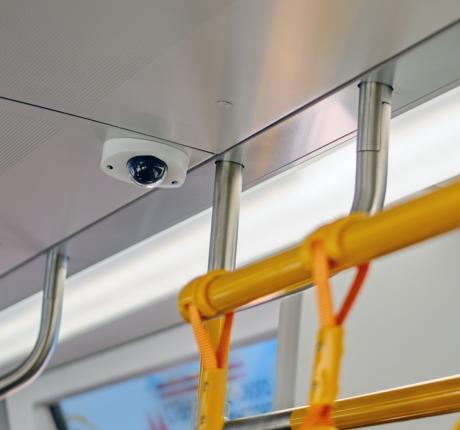
AN OVERVIEW
The Evolution of Speech-to-Text Technology
Speech-to-text (STT) technology has undergone a remarkable evolution over the years, transforming how we interact with digital devices and breaking barriers in communication. From its humble beginnings to today's cutting-edge solutions, the journey of STT is a fascinating exploration of technological advancements.

Early Days of Speech-to-Text
Speech recognition technology has its roots in the mid-20th century when scientists began experimenting with rudimentary systems. The early attempts were rule-based, relying on predefined patterns and linguistic rules to decipher spoken words. However, these systems faced significant challenges due to variations in speech patterns, accents, and background noise.
Traditional Speech Recognition Systems
Despite the hurdles, the field progressed with breakthroughs like the Hidden Markov Model (HMM) development in the 1970s. HMM allowed for the modeling of complex patterns, paving the way for more accurate speech recognition systems.
The 1980s saw the transition from rule-based systems to statistical models based upon HMM, marking a critical turning point in the development of STT. Early systems, such as Dragon NaturallySpeaking, became commercially available. Still, they were limited by hardware's processing power and vocabulary constraints and required extensive training to recognize individual users' voices accurately.
Despite these limitations, traditional STT applications found utility in various fields, including healthcare, where transcription services became more efficient and accessible, providing a means for individuals with disabilities to interact with technology.

Machine Learning and Neural Networks
In recent years, machine learning and neural network-based approaches have revolutionized speech recognition. The introduction of deep learning algorithms, particularly recurrent neural networks (RNNs) and convolutional neural networks (CNNs), significantly improved the accuracy of STT systems. These advancements benefited from the availability of large datasets and enhanced computing power.
Machine learning-based STT systems excel in handling variations in speech patterns, accents, and even background noise, making them more adaptable to real-world scenarios. As a result, speech recognition accuracy has reached unprecedented levels, leading to the integration of STT in everyday applications.
Integration with Natural Language Processing (NLP)
One of the key advancements in STT technology is its integration with Natural Language Processing (NLP). This synergy allows STT systems to transcribe spoken words and understand the context and meaning behind them.
By leveraging NLP, STT can interpret the nuances of language, distinguish between homophones, understand slang, and adapt to conversational styles. This contextual knowledge can then be used to correct the output of the STT engine a posteriori. For example, “four” and “for” can be distinguished by considering the context of the sentence.
The marriage of STT and NLP has led to developing more intelligent and context-aware applications.
Conclusion
Over the years, natural language processing and machine learning advancements have propelled this technology to new heights, enabling it to achieve impressive accuracy and efficiency. This has allowed STT to be used in many applications, even where communication is critical, such as transcription of on-board railway announcements.
If you want to know more about Speech-to-text for railway announcements, please message us; we'll gladly advise you.



